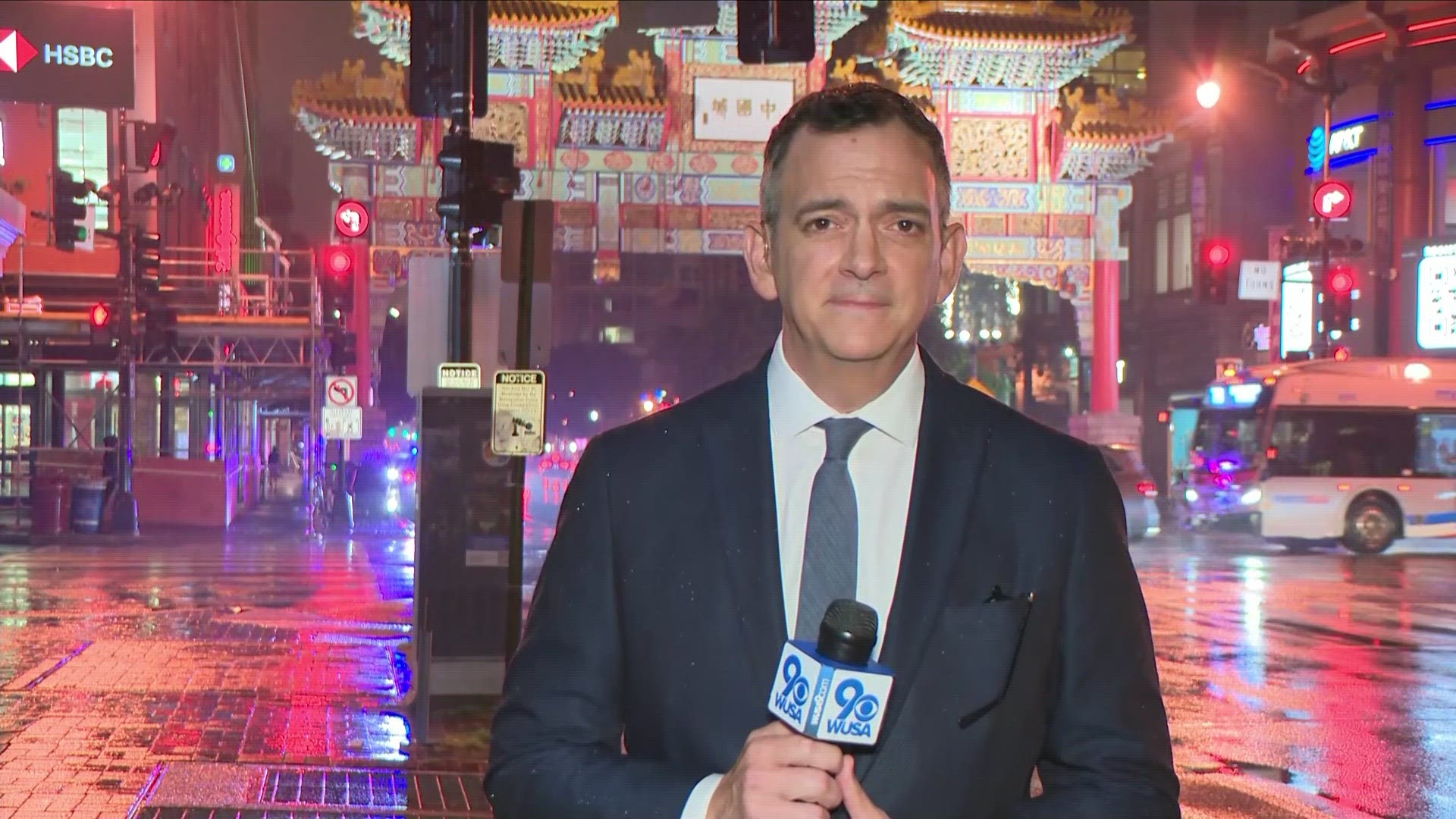WASHINGTON — Chinatown is an iconic spot in downtown D.C., but the people who work and live there say they're worried the location will soon be more known for its crime. Thursday night city leaders talked to the public about what they want to be done about the issue.
Crime in Chinatown is up, according to D.C. crime stats and those who call this historic neighborhood home.
More than 150 people showed up to tell elected officials and police leaders about the situation they say has gotten worse over the past several months. Many pointed to what they say is open air illegal drug activity around the Gallery Place Metro stop.
"Sometimes blocking Metro passengers as they arrived at the top of the escalator, creating very dangerous situations over and over," one person said at the meeting.
District residents are not the only ones who have noticed this, city officials are agreeing with these concerns calling it 'unacceptable' and stating that solutions need to happen now.
"In Chinatown, we're seeing a lot of drug use and sales. We're seeing an increase of complaints and harassment," Ward 2 Councilmember Brooke Pinto said. "We've seen some shootings down by the Capital One arena, other assaults with weapons."
Councilmember Pinto hosted the meetings that included the mayor's office, police department, and prosecutor.
"To really facilitate a conversation about what solutions immediately can look like in this area, because we need Chinatown to be clean and safe," Councilmember Pinto said. "The residents and businesses here deserve that, and I hope that today moves us in the right direction."
"A lot of them are not always police issues," Ted Gong of 1882 Foundation said. "They're issues in which we need people to know how to handle homeless, how they handle the mental cases there, how to know when to call the police."
Advisory Neighborhood Commission 2C Chairperson Michael Shankle also chimed in stating that they want their street patrols back in the area and their Chinatown unit to have a presence. Also for the empty storefronts to be filled again.
And to fill storefronts you need customers. Downtown leaders say part of the problem is that the area only has 42% of its pre-pandemic officer workers back in the office. They say more people means safer sidewalks.

